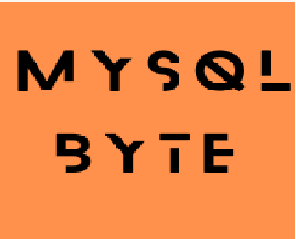The MySQL "lock wait timeout" error occurs when a transaction tries to acquire a lock on a row or a table that is already locked by another transaction, but the lock cannot be acquired within the timeout period specified in the `innodb_lock_wait_timeout` variable. This error can cause a transaction to fail or be rolled back if it exceeds the lock wait timeout.
To resolve the "lock wait timeout" error, you can try one or more of the following steps:
1. Increase the `innodb_lock_wait_timeout` variable value in your MySQL configuration file (usually `my.cnf` or `my.ini`). You can set it to a higher value, such as 120 or 180 seconds, depending on your system and application requirements. For example:
[mysqld]
innodb_lock_wait_timeout=180
2. Optimize your database queries to reduce the time that locks are held. Use indexes, avoid long-running queries, and use the appropriate isolation level for your transactions.
3. Consider using a different transaction isolation level that uses row-level locking instead of table-level locking, such as `READ COMMITTED` or `REPEATABLE READ`.
4. Identify the queries that are causing the lock wait timeout errors by examining the MySQL error logs and optimizing those queries.
5. Consider using a distributed database system that can distribute locks across multiple nodes and reduce the contention for locks.
6. If possible, redesign your application to use a different locking mechanism, such as optimistic locking or application-level locking, to avoid the lock wait timeout errors.
7. Another option is to use the `SHOW ENGINE INNODB STATUS` command to identify the transactions that are holding the locks and the ones that are waiting for them. This can help you understand the locking behavior of your application and identify any bottlenecks that may be causing the lock wait timeout errors.
8. You can also use the `SET TRANSACTION ISOLATION LEVEL` command to set the isolation level for your transactions explicitly. For example, you can use the `READ COMMITTED` isolation level to avoid locking entire tables and reduce contention for locks.
9. If you are using a replication setup, you can consider setting up a read replica for your database and offloading read queries to it, to reduce the contention for locks on the primary database.
By following these steps, you can optimize your database queries and reduce the likelihood of lock wait timeout errors in your MySQL database. Keep in mind that increasing the `innodb_lock_wait_timeout` variable value may not always be the best solution, as it can lead to longer wait times and slower performance for other transactions that need to acquire the same locks. It is important to balance the need for locking with the performance requirements of your application.


No comments:
Post a Comment